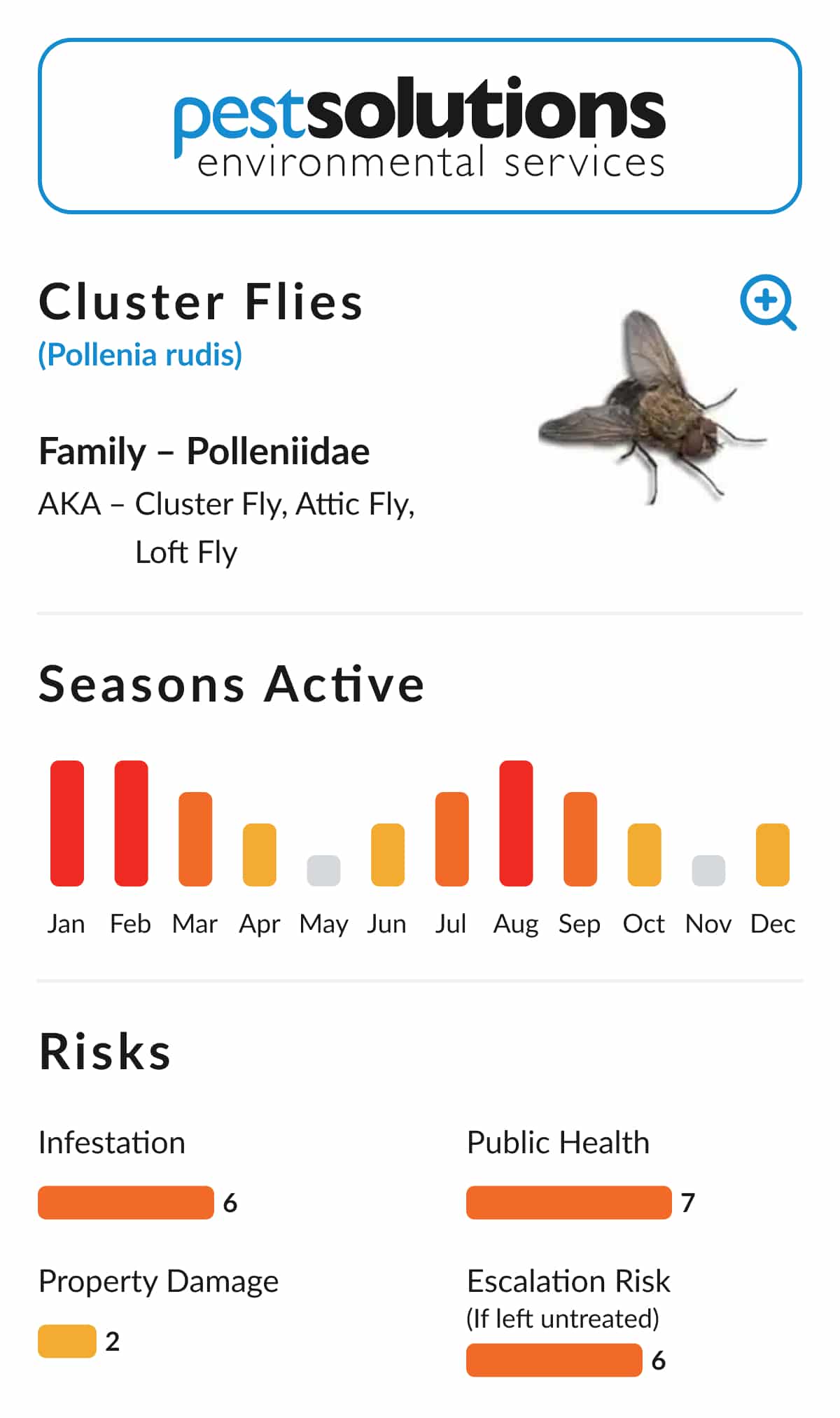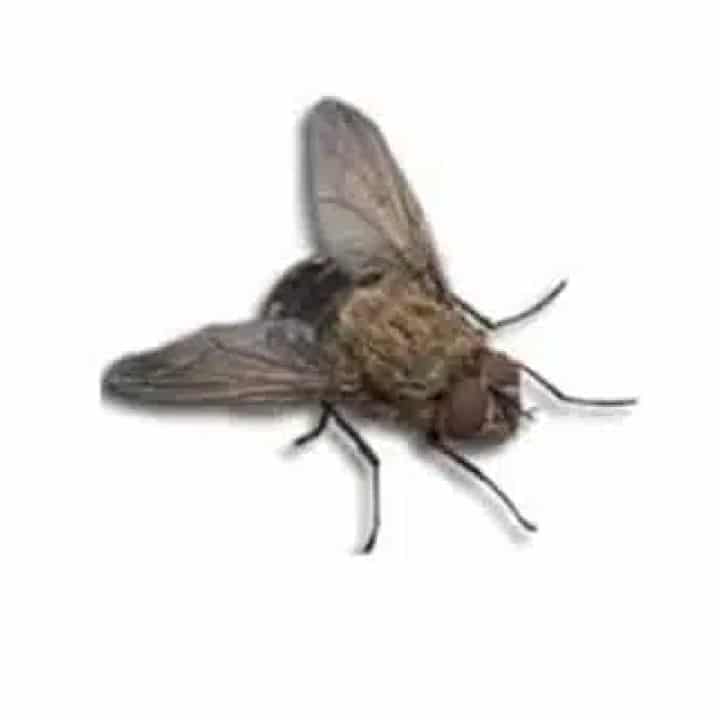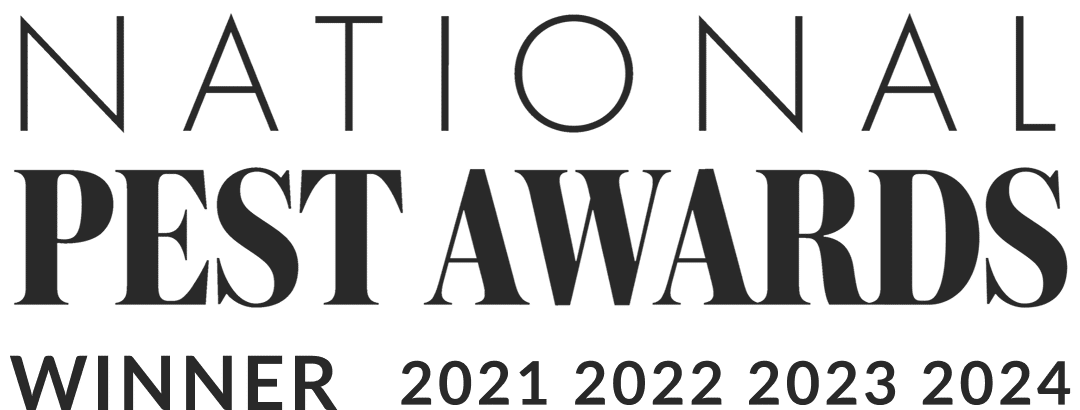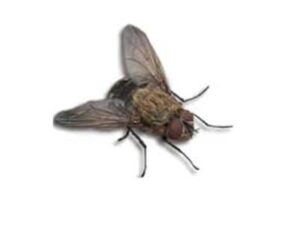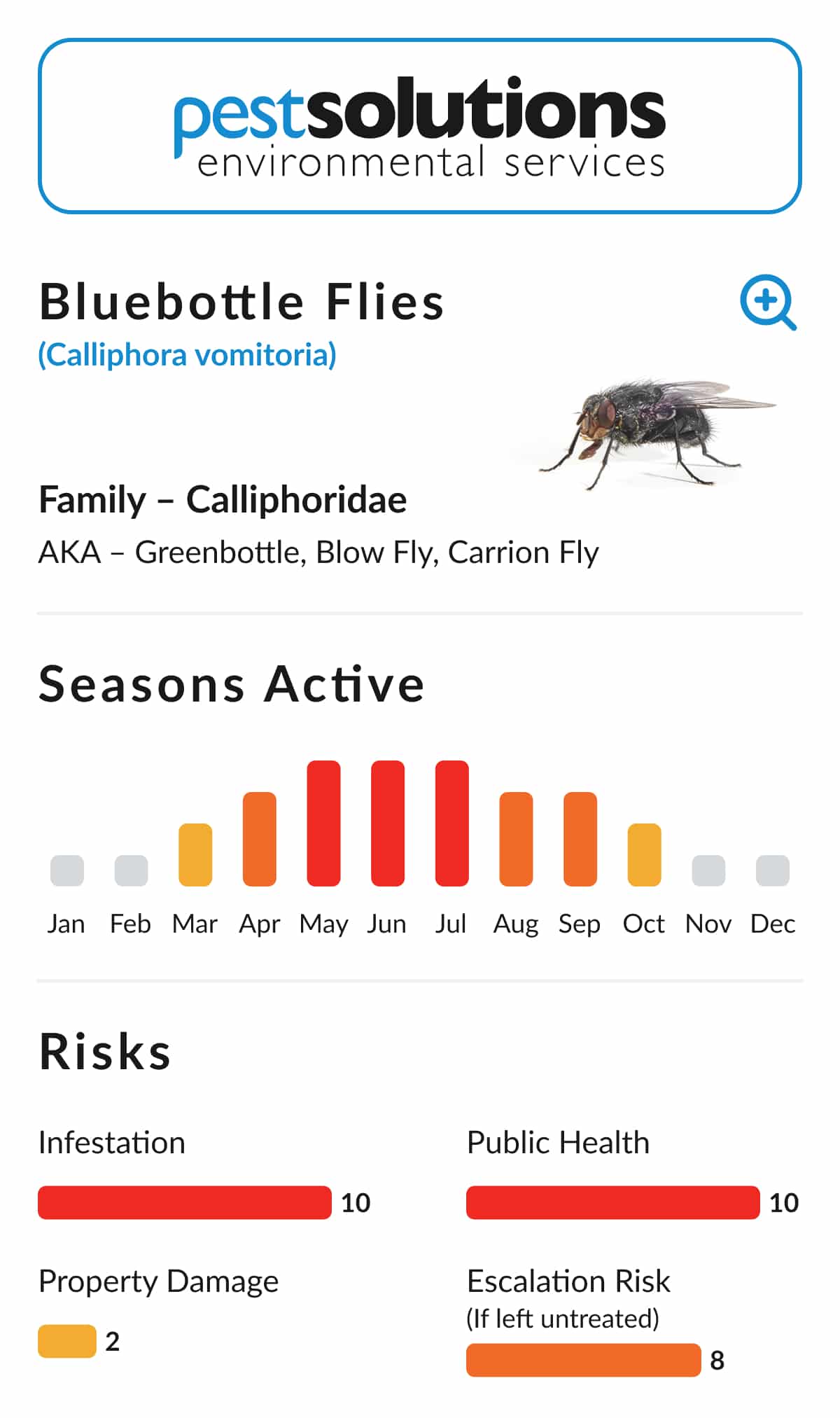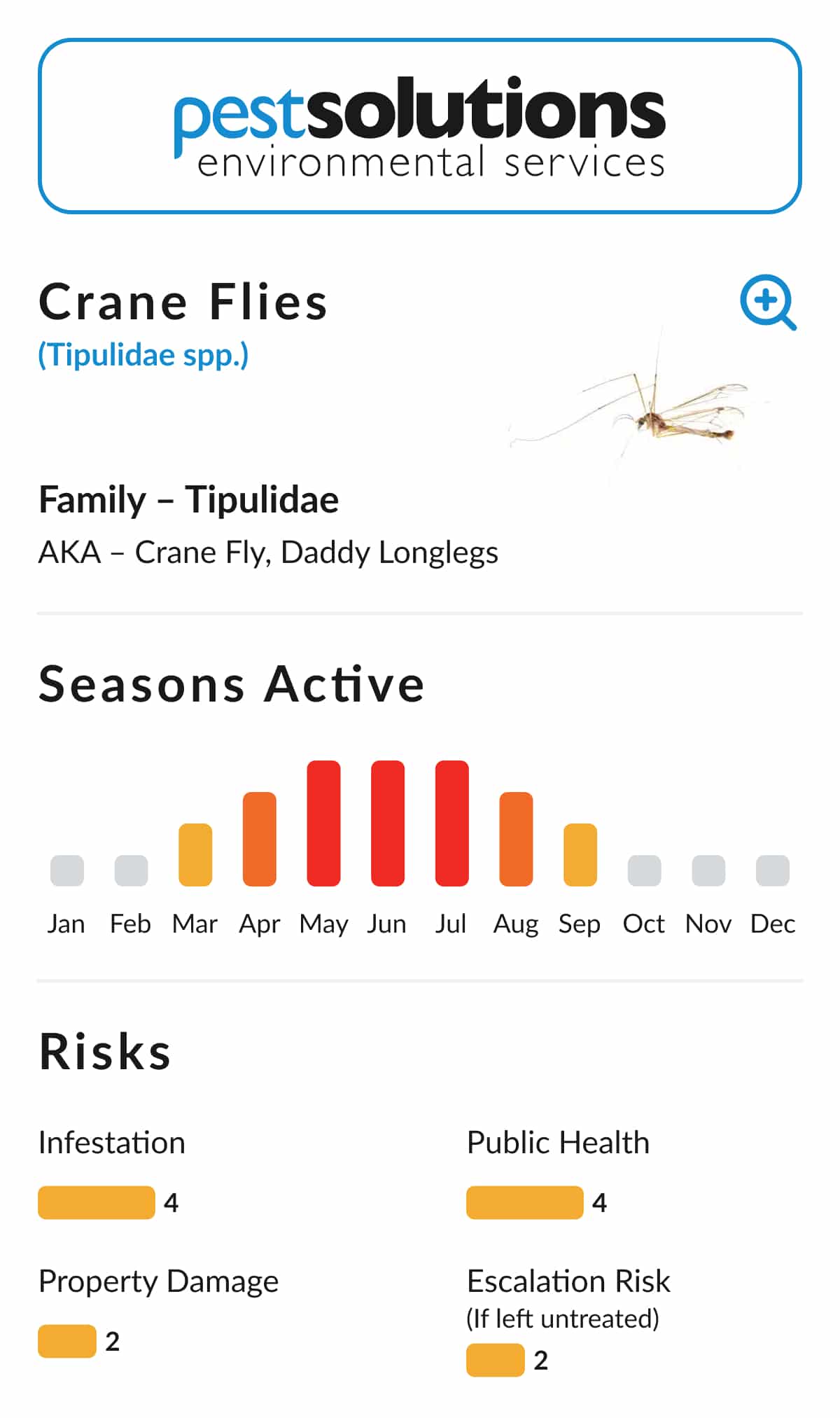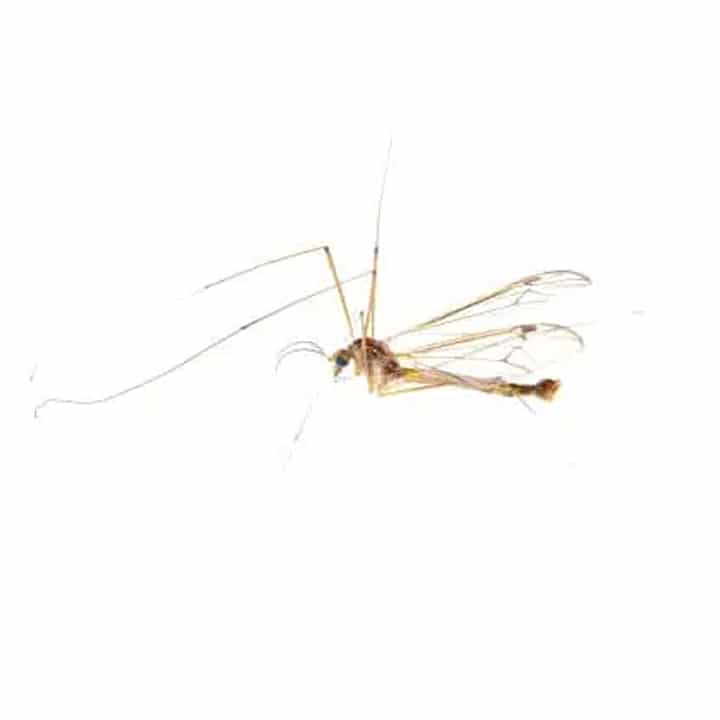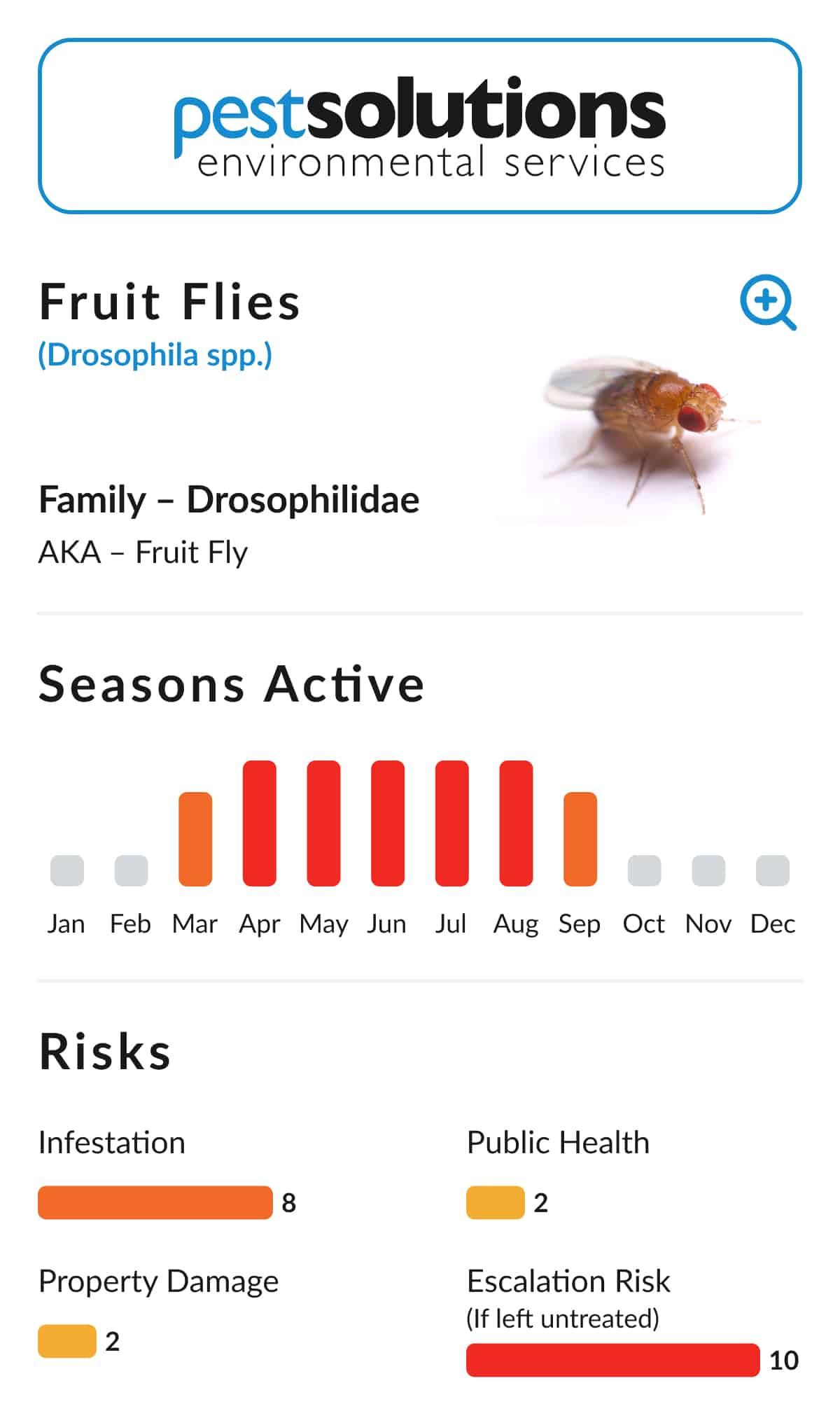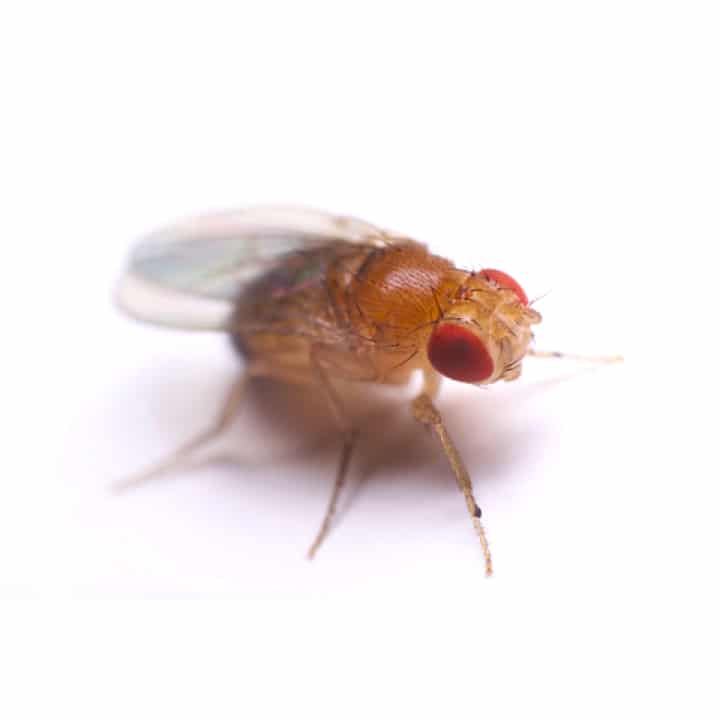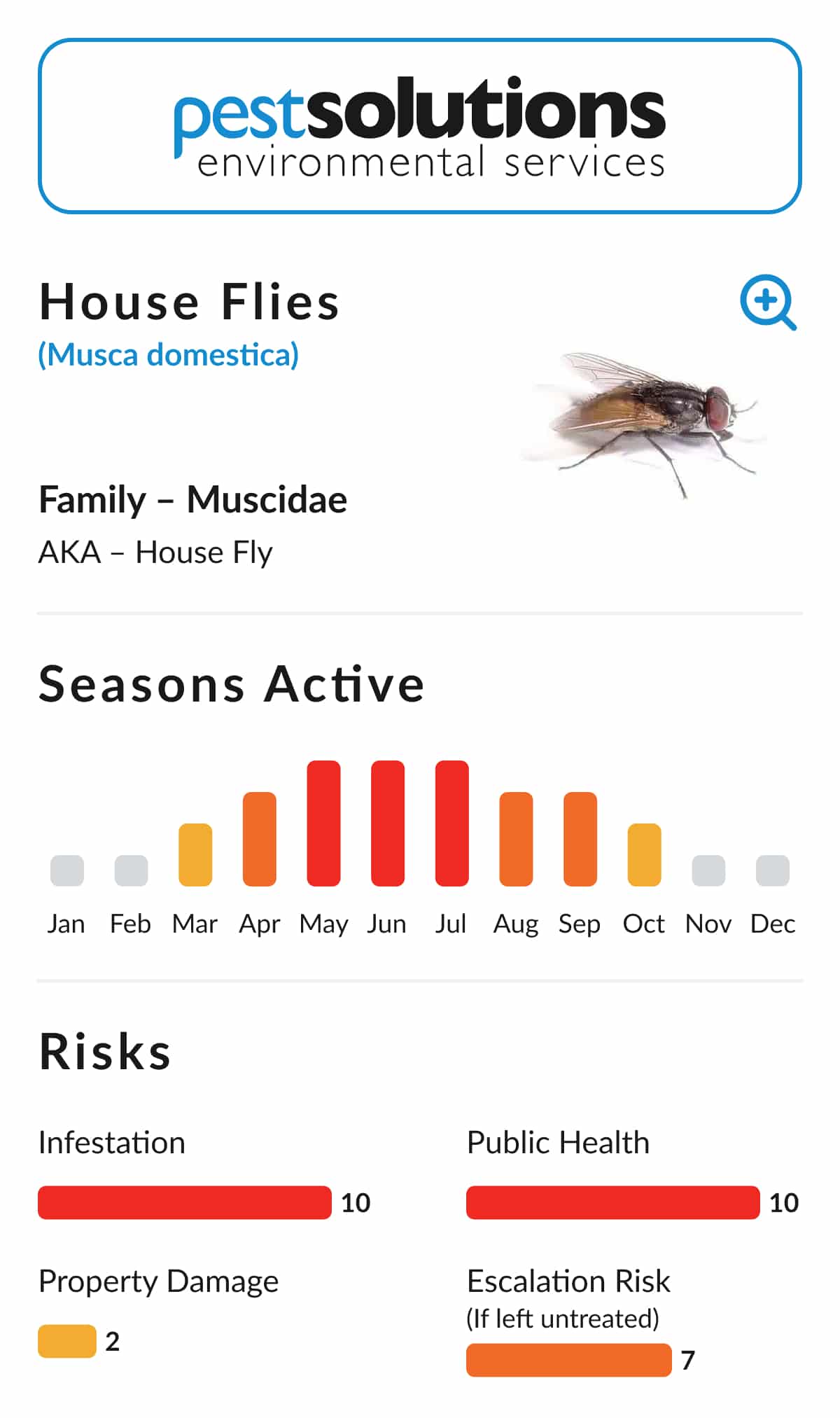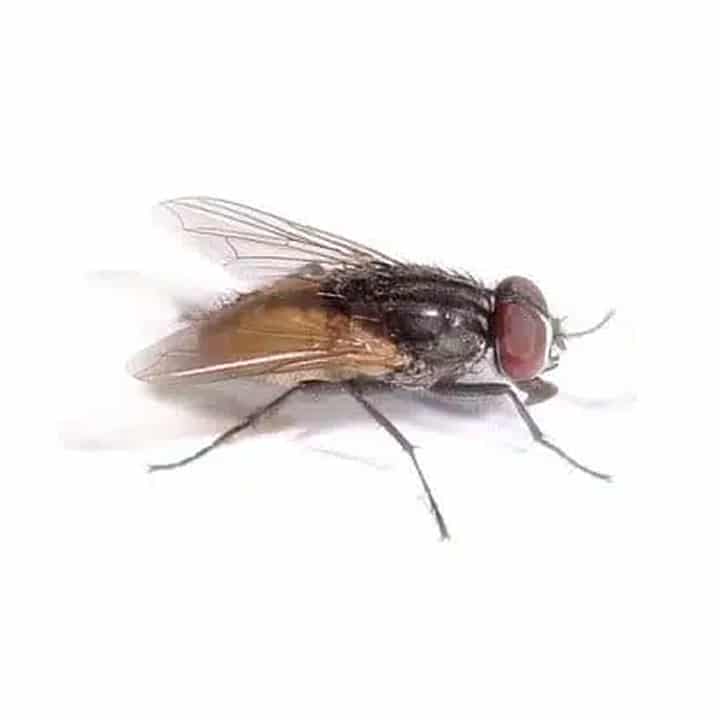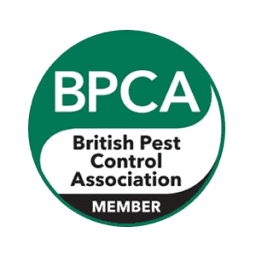Habitat and Distribution – Cluster Flies (Pollenia rudis)
Cluster Flies are common across the UK and are most frequently encountered indoors during the autumn and winter months. They favour roof voids, attics, and other undisturbed spaces as overwintering sites, entering through small cracks and crevices in the building structure. Although largely unnoticed during the summer, they can become a highly visible nuisance once they begin clustering inside buildings.
Biology – Cluster Flies (Pollenia rudis)
Cluster Flies undergo a complete life cycle: egg, larva, pupa, and adult. Females lay eggs on damp soil or beneath decaying leaves. After hatching, the larvae seek out earthworms, which they parasitise and ultimately kill. Pupation also occurs in the soil. In the UK, there are usually two generations per year, but in hot summers, up to four generations may develop. Adult Cluster Flies feed on the nectar of garden and wild flowers and are otherwise harmless to humans. Their overwintering behaviour, however, brings them into frequent contact with buildings.
Why They’re a Problem – Cluster Flies (Pollenia rudis)
Although Cluster Flies do not bite, sting, or transmit disease, they can be a significant nuisance when they gather in large numbers inside buildings. As temperatures drop, they may form large, slow-moving aggregations in roof spaces, church halls, bedrooms, and even sensitive areas like telephone exchanges. These groups can produce an unpleasant, sickly odour, and if disturbed, the flies may emerge in numbers, causing annoyance or alarm. Their persistent return each year can frustrate property owners and occupants.
Control and Prevention – Cluster Flies (Pollenia rudis)
Cluster Fly control is often challenging and may be incomplete. While they do not pose a health risk, their presence in large numbers can still require intervention. Recommended control methods include:
- Sealing entry points: Caulking around gaps and cracks can help reduce indoor access, though it is rarely fully effective.
- Insecticides: Residual surface sprays and knockdown space sprays may reduce visible fly numbers, but often need to be repeated as more adults emerge.
- Awareness of protected species: Where bats are present in buildings, chemical treatments must be avoided, as bats are a protected species under UK law.
Because the flies often re-enter from the outdoors and congregate in hard-to-reach areas, complete eradication is rarely achieved with one-off treatments.
Professional Support – Cluster Flies (Pollenia rudis)
If you’re dealing with a persistent or large-scale Cluster Fly infestation, professional help is often the most effective route. Pest Solutions offers expert advice, monitoring, and treatment for seasonal fly problems in homes, businesses, and heritage buildings.
